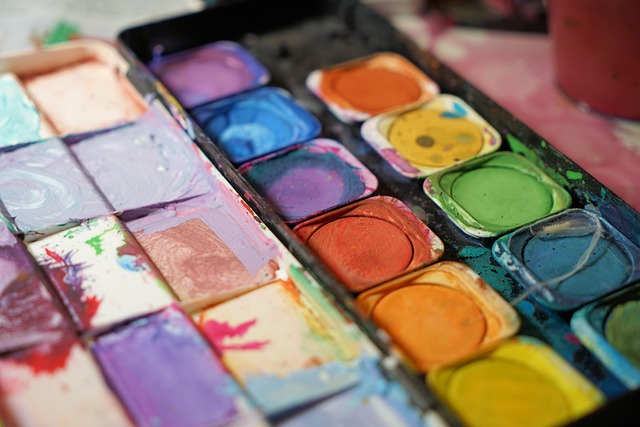
“Mastering Monochrome: A Painting Guide for Artists”
Mastering Monochrome: A Painting Guide for Artists
Painting is an artistic language that transcends words, emotions that spill from the tip of a brush onto canvas. Among its many techniques, monochrome painting stands as a powerful form of expression that invites artists to delve deep within their creative souls. Monochrome, defined as an artwork created using varying shades, tones, and tints of a single color, offers a unique platform to explore depth and emotion through simplicity.
The Allure of Monochrome
There’s something undeniably captivating about a monochrome palette. The use of a single hue allows the artist to focus on the invisible nuances of light and shadow, the delicate interplay of textures, and the rhythm of form within a composition. As you embark on your monochrome journey, you will find yourself stripped of distractions, faced only with the raw possibilities of your chosen color. Whether you lean towards the calmness of blues, the warmth of reds, or the starkness of blacks and whites, each shade has its own story to tell.
Choosing Your Color
When selecting the color for your monochrome piece, consider the emotions you wish to evoke. Are you capturing the tranquility of a winter’s day with soft blues? Or maybe the passionate embrace of a sunset with vibrant oranges? The color sets the tone for the entire artwork, so take your time in choosing a hue that resonates with your vision and feelings.
Techniques for Depth and Dimension
While it may seem that working with a single color might limit your creativity, it actually presents a myriad of opportunities for innovation! Here are a few techniques to help you add depth and dimension to your monochrome paintings:
- Layering: Build your piece by layering different shades of your chosen color. Start with a base layer, and gradually add darker and lighter tones to create depth.
- Texture Variation: Use various brushes or tools to create textures on the canvas. The contrast between smooth and rough surfaces can add visual interest, even within a single hue.
- Light and Shadow: Focus on the play of light. Use your color to emphasize highlights and shadows. This can transform a flat painting into a three-dimensional wonder.
Emotional Connection and Storytelling
Each stroke in a monochrome painting communicates emotion and narrative. Take a moment to reflect on the stories you wish to convey. Use your brush to articulate the subtleties of feelings within your chosen color. Note how it can represent serenity, melancholy, or even vibrancy, depending on your application and technique. Engage with your audience by inviting them to interpret the emotions behind your work; monochrome in its simplest form can spark profound connections.
Experimentation is Key
Don’t be afraid to experiment! Transform a simple color into an array of emotional expressions with slight alterations in hue, saturation, and value. Challenge yourself by painting a scene purely in monochrome – you may uncover new aspects of your artistic style and voice that you never knew existed.
As artists, our mission is to forge connections through our work. Mastering monochrome adds another layer to our toolkit, allowing us to communicate the essence of beauty found in simplicity. So, grab your brushes and paint your world in shades of a single color – a unique journey awaits you!


